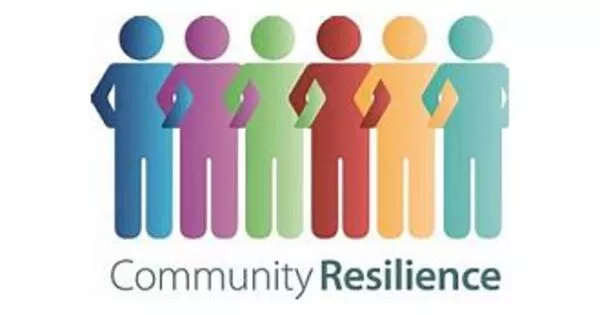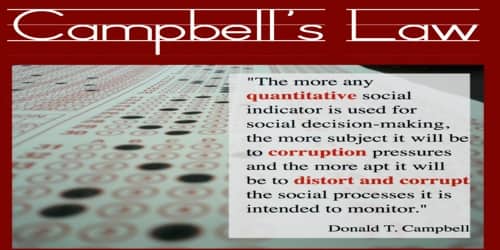The ability of a community to withstand and recover from adverse situations, shocks, or stresses while maintaining its essential functions, structures, and identity is referred to as community resilience. It is a community’s sustained ability to respond to, withstand, and recover from adverse situations (e.g., economic collapse to global catastrophic risks) by utilizing available resources (energy, communication, transportation, food, etc.). This enables a community to adapt and grow after a disaster strikes.
Resilient communities are better able to adapt to change, recover from setbacks, and thrive in the face of adversity. Resilient communities can minimize any disaster, making the transition back to normal life as easy as possible. A community can come together and overcome any disaster by implementing a community resilience plan, while also rebuilding physically and economically.
Because of its complexities, the discussion of resilient societies is increasingly being approached from an inter- and transdisciplinary perspective. Here are some key components and characteristics of community resilience:
- Social Cohesion: Strong social connections and a sense of community are vital for resilience. Communities with high levels of social cohesion often fare better during crises.
- Communication: Effective communication channels are essential for disseminating information, coordinating responses, and fostering a sense of unity within the community.
- Infrastructure and Services: Well-designed and maintained infrastructure, such as reliable transportation, healthcare, and utilities, contributes to a community’s ability to function during and after a crisis.
- Economic Diversity: Diverse local economies are more resilient to economic shocks. Communities with a range of industries and job opportunities can better withstand economic downturns.
- Community Engagement: Involving residents in decision-making processes and community initiatives fosters a sense of ownership and empowerment, enhancing the community’s overall resilience.
- Adaptive Capacity: Communities that are resilient can adapt to changing circumstances. This could entail adaptable governance structures, adaptive management strategies, and a willingness to learn from mistakes.
- Preparedness and Planning: Communities that practice proactive planning, such as risk assessments, emergency preparedness, and response strategies, are better prepared to deal with unexpected challenges.
Building community resilience is a continuous process that necessitates collaboration among residents, local organizations, businesses, and government agencies. Communities can improve their ability to thrive in the face of various challenges by addressing these key components.
















